Lucky Numbers in Chinese Culture and the Dream of Chinese Enterprises going public
In Chinese culture, 6, 8, and 9 are considered lucky numbers. Therefore, almost all Chinese enterprises chose these numbers when it came to choosing stock codes, hoping for good luck.
However, when Li Xiang, the founder of Li Auto, was choosing a stock code for his company after it went public on the Hong Kong Stock Exchange, he chose a different number: 2015. He explained that 2015 was the year when Li Auto was founded.
After Xpeng, Li Auto became another new force in the Hong Kong stock market. These companies have successfully gone public in the U.S. stock market and chose to go public in multiple places for more development funds needed for the competition in the intensifying market of intelligent electric cars. When there are more direct needs to compete, these funds can also be used to accumulate research and development reserves.
Unlike many other car companies with a broad vision, Li Auto is one of the few companies that have set specific times and numbers. Li Xiang expressly stated in an internal letter at the beginning of this year that Li Auto aims to become China’s top intelligent electric car company by 2025, occupying 20% of the market share.
Since Li Auto only has one car model, Li One, currently on sale, Li Auto needs to quickly increase its production capacity to implement its plan. To achieve this, Li Auto has three plans:
-
Product development: Li Auto will release the next generation of extended-range platform—”X platform”—in 2022 and simultaneously launch two pure electric platforms—”Whale” and “Shark” in 2023.
-
Capacity guarantee: Li Auto will increase its Beijing factory and produce more pure electric car models to ensure production capacity, following national policies.
-
Supply chain improvement: At the current target sales price range of CNY 200,000 to CNY 500,000 (USD 31,000 to USD 77,000), Li Auto will need to establish a supply chain system with a capacity of producing 1.6 million cars per year, especially the intelligent electric cars that require many innovative components and production systems, such as automatic driving chips and electric drive system components.
For Li Auto, these are all capabilities that need to be developed along with its production capacity.
Moreover, Li Auto has another driver besides these production plans: intelligence upgrade. The development needs of intelligent electric cars are different from those of traditional cars, and there is an increasing demand for intelligent upgrades. Li Auto will focus on “software upgrades” for its long-term development.Everyone knows that electric vehicles are the future, and the only question now is what range extender technology should be used.
As expected, this question was asked at the beginning of the interview.
“Yanan Shen’s answer was straightforward: dual-wheel drive.”
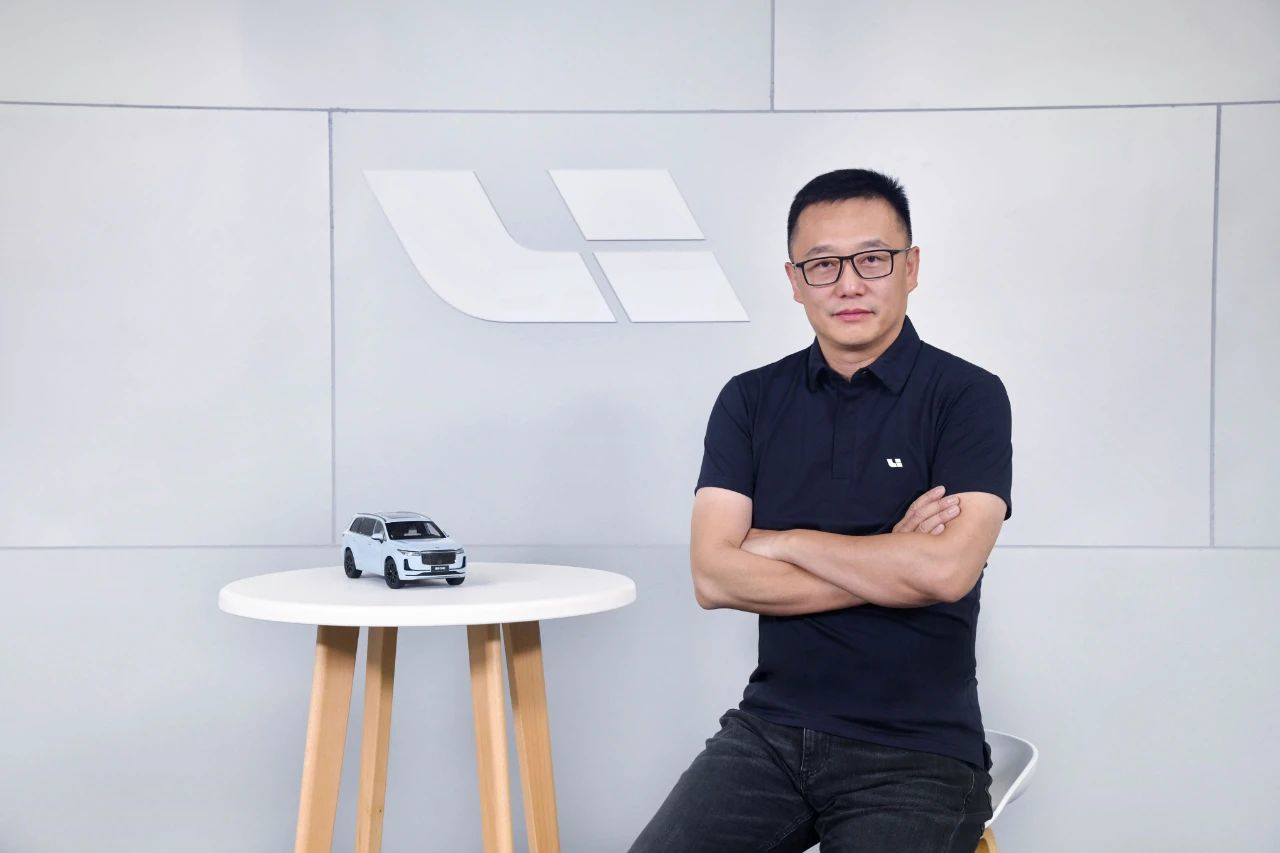
Cities like Shanghai have already decided to stop issuing new energy license plates for range-extended vehicles starting in 2023, which many industry insiders see as a sign that the policy dividend for range-extended vehicles is coming to an end. However, Ideadiy sees this as an opportunity for market penetration, “our distribution is not like that of pure electric vehicles, which are only concentrated in first-tier and super-first-tier cities.” “In the long run, range extenders and plug-in hybrid electric vehicles will be a very good choice to replace fuel-powered vehicles.”
But in reality, this is only superficial. The deeper logic is that consumers do not reject the new forms of energy, they just have doubts about the convenience and efficiency of energy supplement.
Ideal cars also know that 400 kW fast charging is the long-term solution to the energy supplement problem and is seen as the standard answer to the absence of pure electric products by Ideal cars.
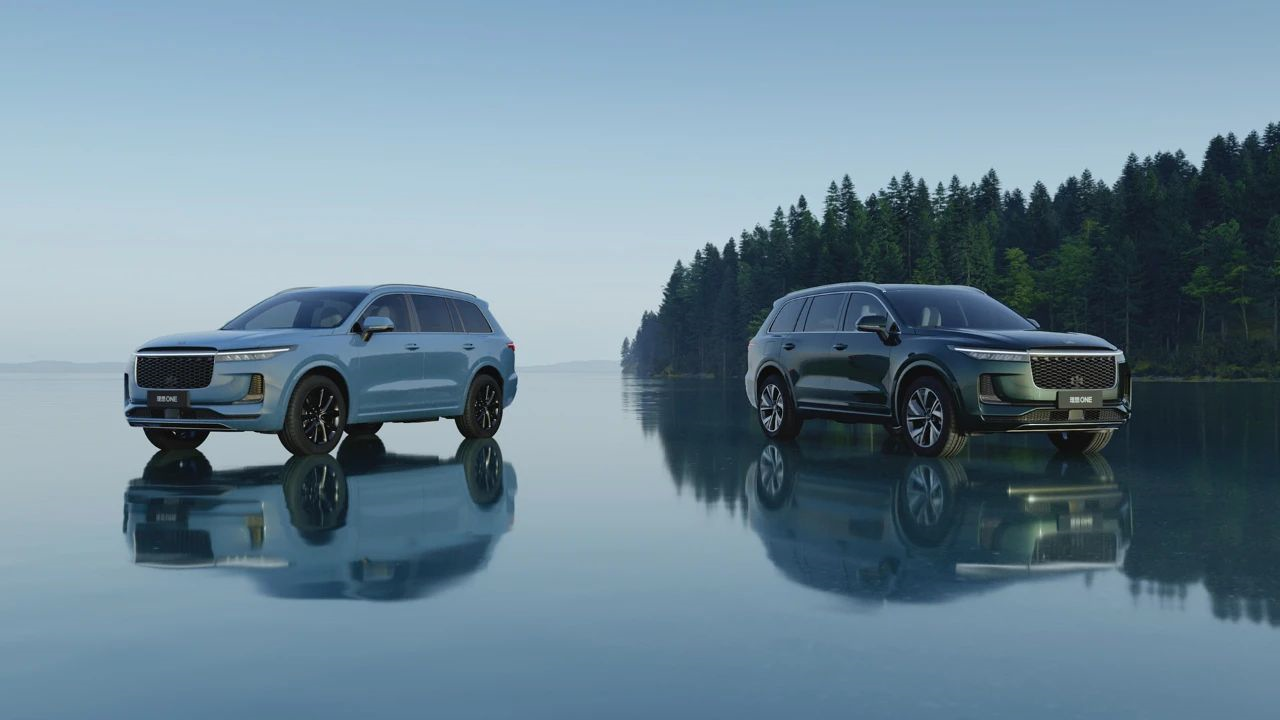
This is like a pair of undisguised trump cards for Ideal, if the entire electrical drive system is perfected by 2023, coupled with ongoing iterations of autonomous driving and intelligent cockpit technologies, Ideadiy will smoothly bring its brand momentum into the pure electric field and achieve victory. But if there is a delay, Ideal may well have to play the role of follower in the new field from the start.
“The challenge here is that 400 kW is not just a piece of paper technology, but a complete test of the pure electric layout including infrastructure.”
There is a simple scenario here: if a customer who buys an Ideal pure electric vehicle in 2023 is not in a city that has a charging facility with a corresponding 400 kW, then this technology system will be of no value to them.
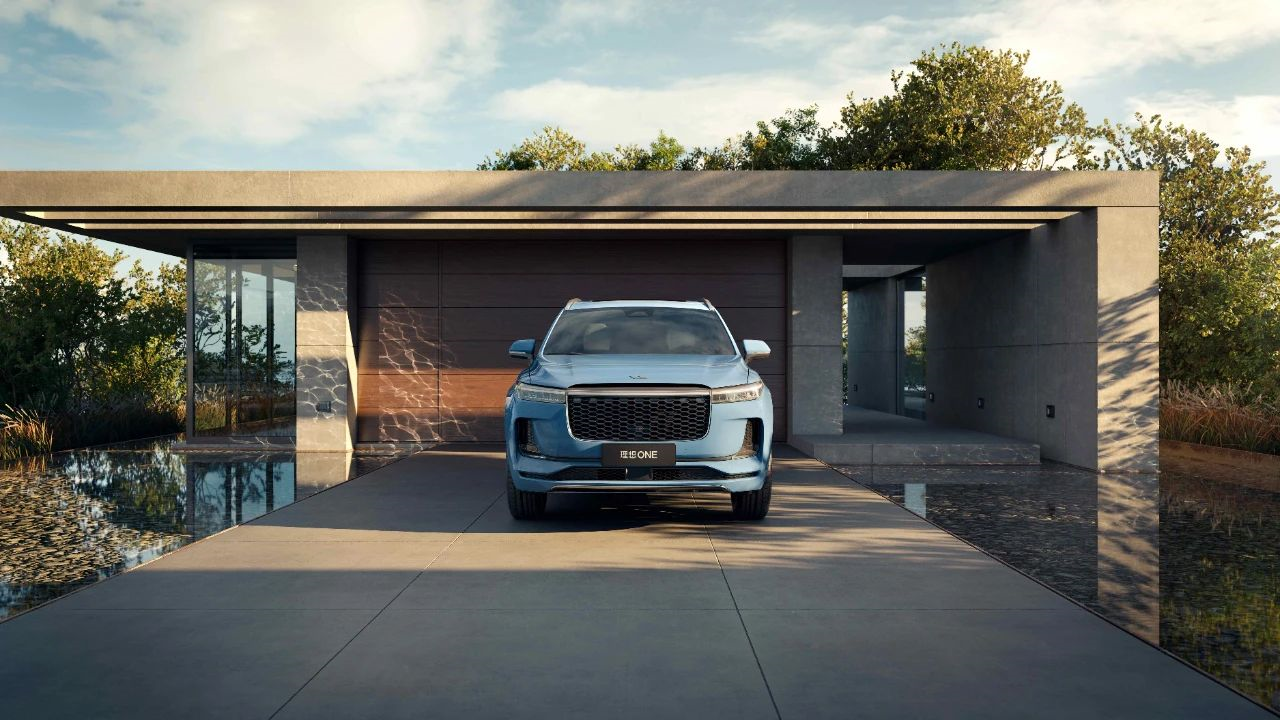
Therefore, Ideal’s current problems are twofold: first, how to determine the scope of early deployment of 400 kW charging poles; second, how to ensure that such high-power charging facilities are allowed to be stationed in many areas.
It is also worth noting that although consumers’ acceptance of pure electric vehicles and the ease of infrastructure are constantly increasing, the fierceness of market competition is also gradually increasing.# In the field of automotive industry, NIO, an ideal old opponent, has created the concept of “battery swap”, while XPeng Motors announced this week to accelerate the construction of super charging stations at highway service areas. In the product area, the traditional practice of launching a new car model once a year has become a thing of the past. NIO announced that it will deliver three new car models based on the NT2.0 platform in 2022, while XPeng Motors has completed the redesign of G3 and launched P5 this year.
Ideal is facing great pressure in the field of pure electric vehicles.
The Battle of Intelligent Technology?
Shen Yanan’s interview was as calm and steady as always.
Although there is a lot of information, the sentence that I think can be called the golden sentence is: Ideal believes that after 2025, or in the near future, automatic driving will become a basic operating system of a car. That is to say, if a car does not have L4 level of automatic driving, it is like a smart phone without camera function today.
Ideal not only believes that automatic driving will become a basic function, but also that the intelligent cockpit will be the same, because “when the car is in automatic driving mode, the passengers in the car change from drivers to passengers”.
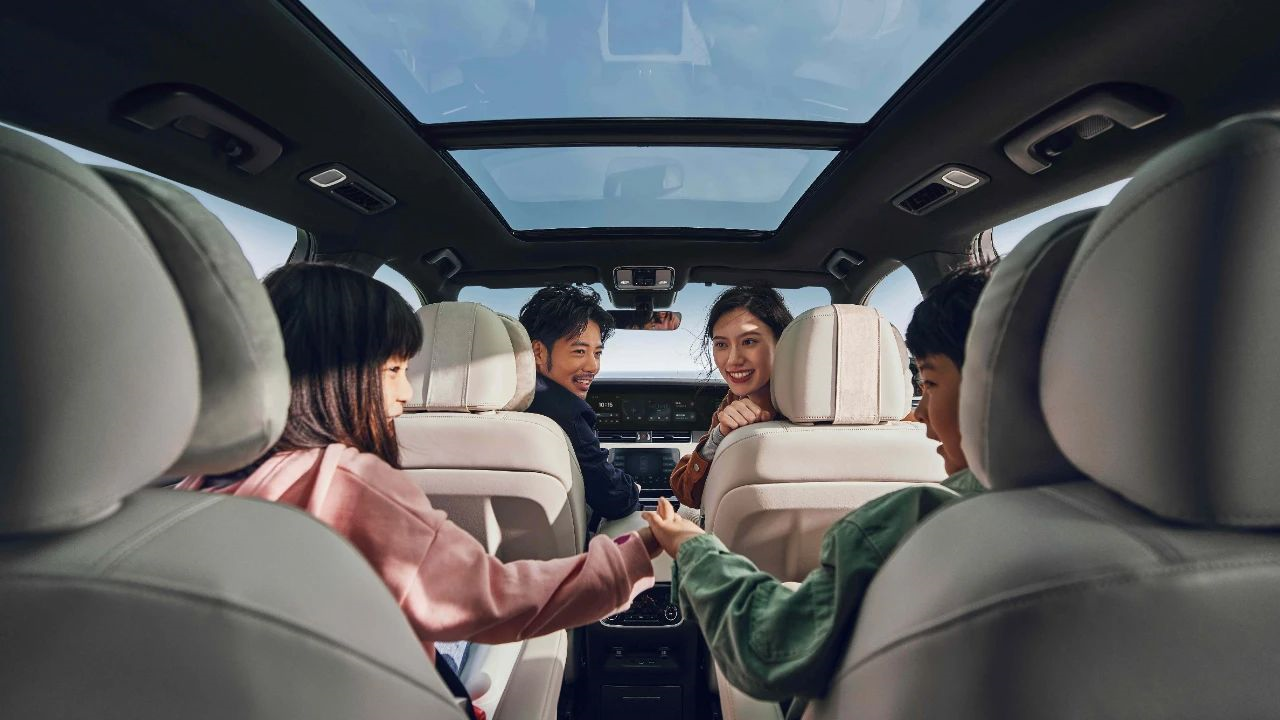
Whether it is an extended-range electric vehicle or a pure electric vehicle, no matter now or in the future, Ideal is seeking gene elements that can be consistent in different types of products.
For the first time, Ideal mentioned its three foundations and two core competencies.
“The three foundations” are the basic focus of Ideal, the first is not only focusing on the new energy market, but also the entire passenger car market, so the target market size has changed from the 2.5 million new energy market to the 18 million fuel car market; the second is focusing on making cars for families, focusing on luxury intelligent electric cars in the price range of RMB 200,000-500,000; the third is focusing on automatic driving and intelligent cockpits matched with automatic driving, designing the whole car as an intelligent space.
“The two core competencies” are the core competencies that have been verified now, the first is product capability, as the single configuration of the Ideal ONE bike has achieved good sales, Ideal believes that its ability to define products is outstanding; the second is organizational capability, looking back at Ideal’s official publicity in the past few years, this is indeed the ability that Ideal is extremely concerned about cultivating and displaying externally.
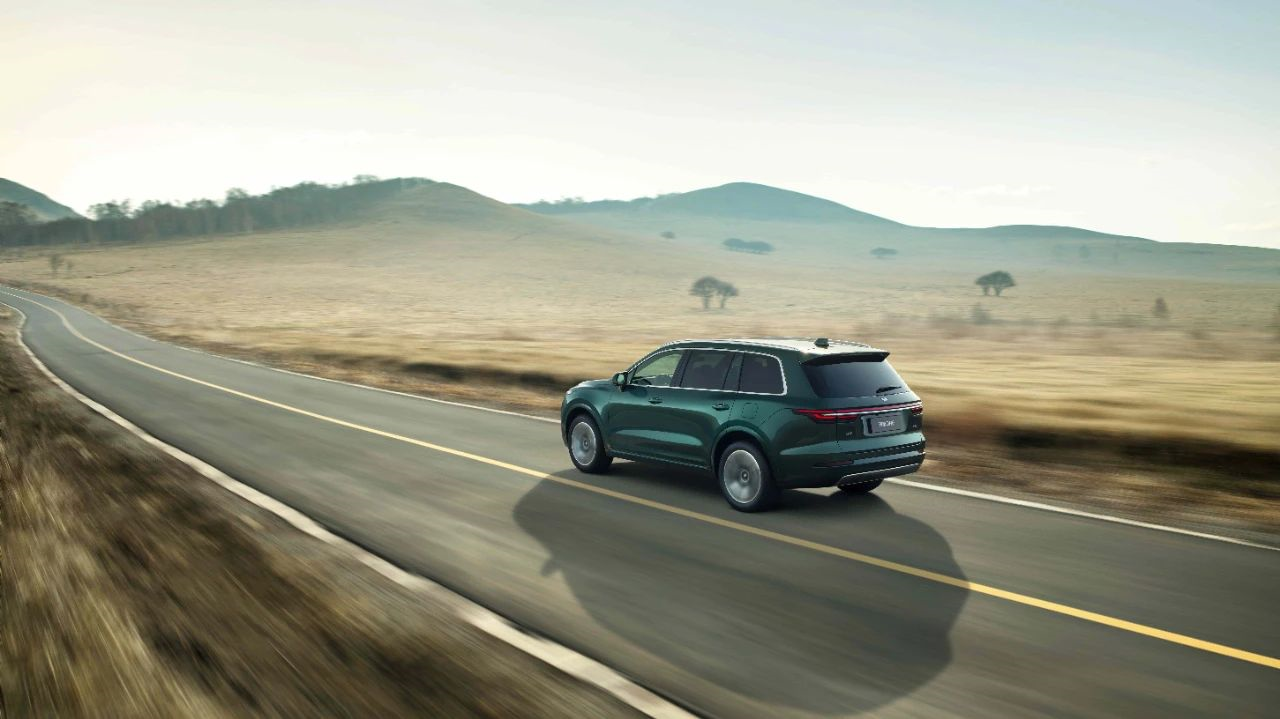
These five points will constitute Ideal’s competitive advantages that span technology and time and attempt to continue at different product levels.
However, with the increase of parallel product quantities and the increase of technical difficulties, both product capability and organizational capability will be affected by the introduction of more people.Continuous attraction of more high-quality technical talents to join the organization will amplify these capabilities, while the opposite result will cause damage to self-capabilities.
Sustained expansion and hiring is also an important use of funds raised through Hong Kong stock market, according to an interview with Shen Yanan, who mentioned that, currently, the research and development team of Ideal Automobile has 2,000 people, including a self-driving team of 400 people, and the scale will reach 600 people by the end of the year.

Coincidentally, in the NIO earnings call held at the same time, Li Bin mentioned that NIO’s self-driving team currently has 500 people, and the scale will reach 800 people by the end of this year.
After the capital war, the talent war and technology war have once again ignited. This is just the beginning.
This article is a translation by ChatGPT of a Chinese report from 42HOW. If you have any questions about it, please email bd@42how.com.
